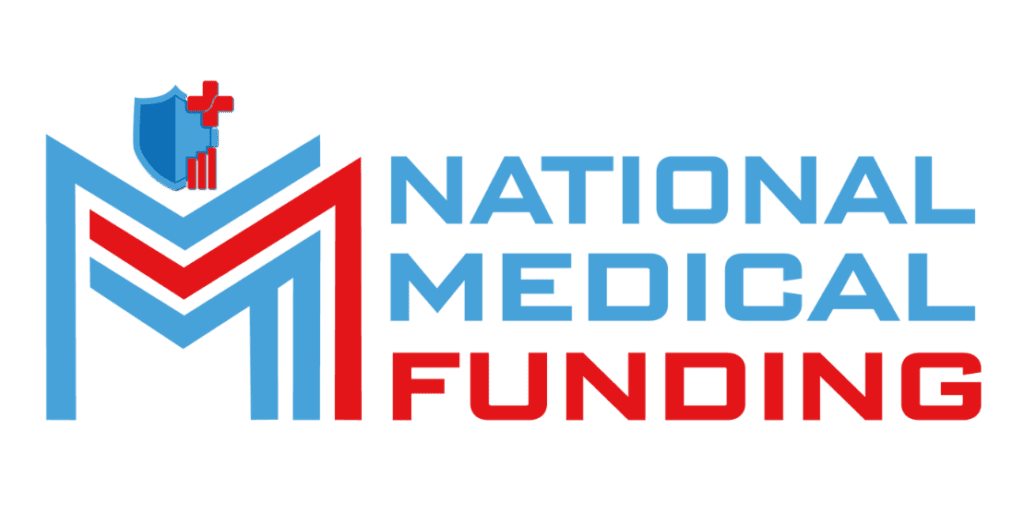
Innovative Healthcare Funding Solutions for M
Running a medical practice in today’s world takes mor...

Saturday and Sunday – CLOSED
support@nationalmedicalfunding.com



Every healthcare professional knows that medical equipment is the backbone of quality patient care. But when it comes to acquiring high-value technology—like MRI scanners, digital X-ray machines, or advanced surgical tools—the decision isn’t just medical, it’s financial. Should you lease or buy? The answer depends on your goals, budget, and long-term strategy.
Whether you’re working with healthcare equipment financing, evaluating healthcare lenders, or exploring medical funding companies, understanding when to lease and when to own can make all the difference between financial flexibility and unnecessary debt.
Modern medical equipment doesn’t come cheap. Even small upgrades can cost thousands, while major imaging systems or laboratory devices can easily run into six figures. That’s why every investment should start with one key question: what’s the total cost of ownership?
Ownership involves more than the purchase price—it includes installation, maintenance, updates, and eventual replacement. Leasing, on the other hand, offers lower upfront costs but continuous monthly payments. The smart move is to compare total lifecycle costs, not just initial expenses.
If you’re exploring how to make smart funding choices for your healthcare setup, check out The Real Differences Between a Specialty Healthcare Lending Company and a Traditional Bank. It helps clarify why specialized lenders may offer better flexibility for medical professionals.
Leasing has become a popular option for many medical practices—and for good reason. It allows you to acquire state-of-the-art equipment without tying up your capital. When technology evolves quickly, leasing provides the agility to upgrade without the burden of reselling old equipment.
Leasing also keeps your credit lines open. Instead of draining funds upfront, you preserve liquidity for other needs—like staffing, marketing, or expanding your facility. This is especially useful when your practice is growing, and your resources need to stay fluid.
Many healthcare lenders also offer customizable lease terms that align with your practice’s cash flow cycles, making it easier to budget consistently throughout the year.
Owning equipment outright gives you one major advantage—control. Once you’ve paid for it, it’s yours to use, modify, or resell as needed. There’s no ongoing lease payment, and after a few years, you’ll likely enjoy a period of use with minimal costs.
Ownership also becomes more cost-effective over the long term, especially if you expect to use the equipment for many years. It’s ideal for tools or systems with slower technological turnover, like exam tables, sterilizers, or imaging devices that retain value.
To better understand your potential returns, review Calculating the True ROI of Your Medical Equipment Financing. It provides insights on assessing performance, depreciation, and financial efficiency.

The decision between leasing and owning often comes down to cash flow. Leasing spreads costs over time, making budgeting predictable. But if your practice has strong, steady revenue, ownership may create more long-term savings.
For practices still building stability or those facing seasonal revenue changes, leasing offers flexibility. You can align payments with income fluctuations, ensuring smoother operations. However, if you have sufficient cash reserves and low debt, buying outright can improve your balance sheet and overall asset value.
Using healthcare equipment financing strategically means aligning financial structure with operational realities—not just following a one-size-fits-all approach.
Taxes play a crucial role in determining which option makes more sense. Lease payments are generally deductible as operating expenses, reducing taxable income each year. That’s a huge benefit for practices wanting to optimize yearly tax strategies.
Ownership offers depreciation benefits instead. You can claim depreciation over several years, which may provide long-term tax relief but less immediate cash flow advantage. The right choice depends on whether your goal is instant savings or gradual write-offs.
Always discuss these options with your accountant before making a final decision—especially since tax rules can shift depending on local regulations and your financing structure.
Navigating equipment finance can be overwhelming, especially with multiple offers, rates, and terms. That’s where working with specialized healthcare lenders makes a real difference. These professionals understand the industry’s nuances—from insurance reimbursements to cash flow patterns—and design solutions tailored to your specific needs.
They also tend to approve applications faster and with fewer restrictions than traditional banks. Many medical funding companies offer flexible options such as equipment leases, bridge loans, and working capital solutions—helping practices of all sizes access the resources they need without delay.
For example, when planning a new clinic or expanding services, you might also explore Financing Your Veterinary Practice Startup: A Complete Guide to Launching Your Clinic, which shares valuable financial insights applicable across healthcare sectors.
Not every piece of equipment should be leased or bought outright. The right approach often depends on how long you’ll use it and how quickly technology evolves in that category.
Lease: Ideal for fast-evolving technology such as imaging equipment, diagnostic tools, or laboratory devices that may become obsolete within a few years.
Own: Best for durable assets like exam chairs, autoclaves, and cabinetry—equipment that retains value and has lower upgrade pressure.
By categorizing your assets this way, you can create a balanced acquisition strategy that maximizes both flexibility and long-term savings.

Many practices fall into two traps—over-leasing or under-financing. Over-leasing happens when you renew leases repeatedly without evaluating newer, better ownership opportunities. This results in endless payments with no asset gain.
Under-financing occurs when practices purchase expensive equipment upfront, depleting cash reserves needed for operations. The key is balance: use leasing to preserve liquidity and ownership to build long-term value.
If cash flow stability is a concern, Bridging the Payer Gap: How Healthcare Finance Solutions Stabilize Your Practice’s Cash Flow offers helpful guidance on managing revenue cycles and funding delays effectively.
Instead of making one-off decisions about each piece of equipment, consider creating a long-term acquisition plan. This roadmap should include your projected equipment needs, anticipated upgrades, and ideal funding sources.
A structured plan helps you negotiate better terms with medical funding companies, forecast expenses accurately, and align equipment investments with growth goals. It also ensures that when a new technology becomes available, you’re financially prepared to act—whether through leasing or ownership.
Think of your acquisition plan as an ongoing part of your overall business strategy, not just a financial transaction.
There’s no universal answer to whether leasing or owning medical equipment is better—it depends entirely on your practice’s current position, cash flow, and long-term goals. Leasing provides flexibility, access to cutting-edge technology, and manageable payments. Ownership builds lasting value, asset control, and reduced long-term costs.
By partnering with the right healthcare lenders and medical funding companies, you can make well-informed decisions that strengthen your financial foundation while supporting exceptional patient care.
When you view each financial choice as part of a larger strategy—not just a one-time decision—you’ll position your practice for sustainable growth and stability.
Running a medical practice in today’s world takes mor...
When doctors step into the world of financing, the choi...

Fuel your medical practice’s growth with financial solutions tailored to your needs. We’re here to support independent practitioners and group practices with strategies built for success.
Mon Fri: 8:00am – 6:00pm
Saturday: Closed
Sunday: Closed
Copyright © 2025 National Medical Funding